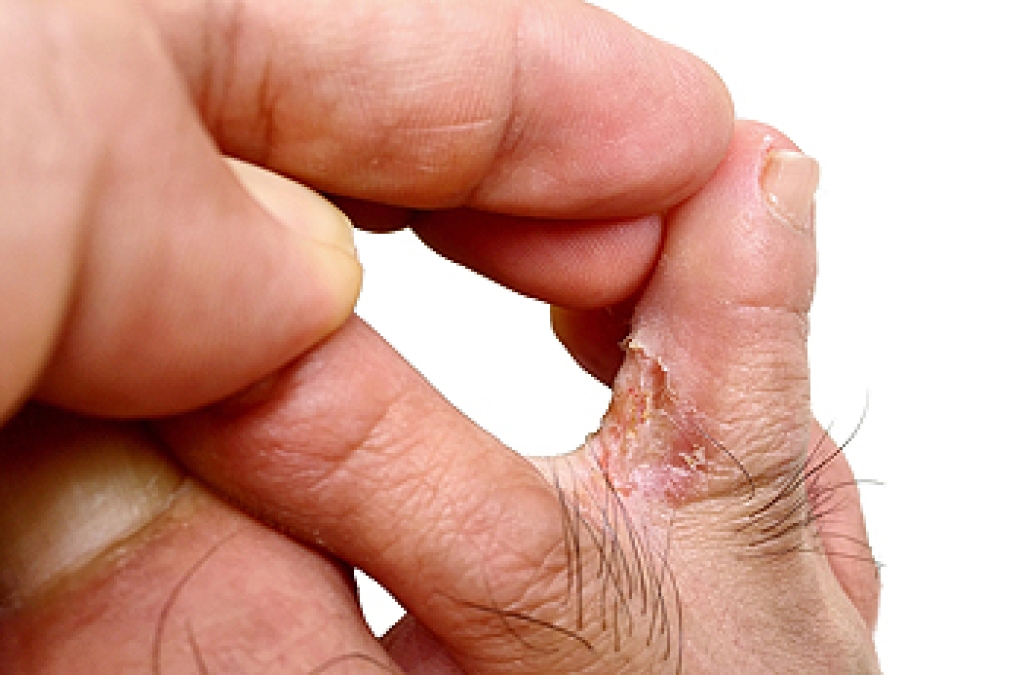
Athlete's foot, a fungal infection affecting the skin of the feet, is often closely intertwined with hygiene practices. Fungi thrive in warm, moist environments, making sweaty socks and tight shoes ideal breeding grounds. Poor foot hygiene, such as infrequent washing or drying between toes, exacerbates the risk of infection. Additionally, walking barefoot in shared spaces like gym showers or swimming pools increases exposure to the fungus. Athletes, hence the name, are particularly susceptible due to prolonged periods of sweaty feet and communal locker rooms. Symptoms include itching, burning, and cracked skin, often between the toes or on the soles of the feet. Fortunately, maintaining good foot hygiene can help prevent athlete's foot. Regularly wash and thoroughly dry feet, especially between the toes, and wear clean, breathable socks and shoes, it is helpful to avoid sharing footwear or walking barefoot in public areas. If you have developed athlete’s foot, it is suggested that you visit a podiatrist who can offer you effective medication for treatment.
Athlete’s foot is an inconvenient condition that can be easily reduced with the proper treatment. If you have any concerns about your feet and ankles, contact Jordan Baker, DPM from Best Foot Forward Surgical Podiatry. Our doctor will treat your foot and ankle needs.
Athlete’s Foot: The Sole Story
Athlete's foot, also known as tinea pedis, can be an extremely contagious foot infection. It is commonly contracted in public changing areas and bathrooms, dormitory style living quarters, around locker rooms and public swimming pools, or anywhere your feet often come into contact with other people.
Solutions to Combat Athlete’s Foot
- Hydrate your feet by using lotion
- Exfoliate
- Buff off nails
- Use of anti-fungal products
- Examine your feet and visit your doctor if any suspicious blisters or cuts develop
Athlete’s foot can cause many irritating symptoms such as dry and flaking skin, itching, and redness. Some more severe symptoms can include bleeding and cracked skin, intense itching and burning, and even pain when walking. In the worst cases, Athlete’s foot can cause blistering as well. Speak to your podiatrist for a better understanding of the different causes of Athlete’s foot, as well as help in determining which treatment options are best for you.
If you have any questions please feel free to contact our office located in Florence, SC . We offer the newest diagnostic and treatment technologies for all your foot and ankle needs.
